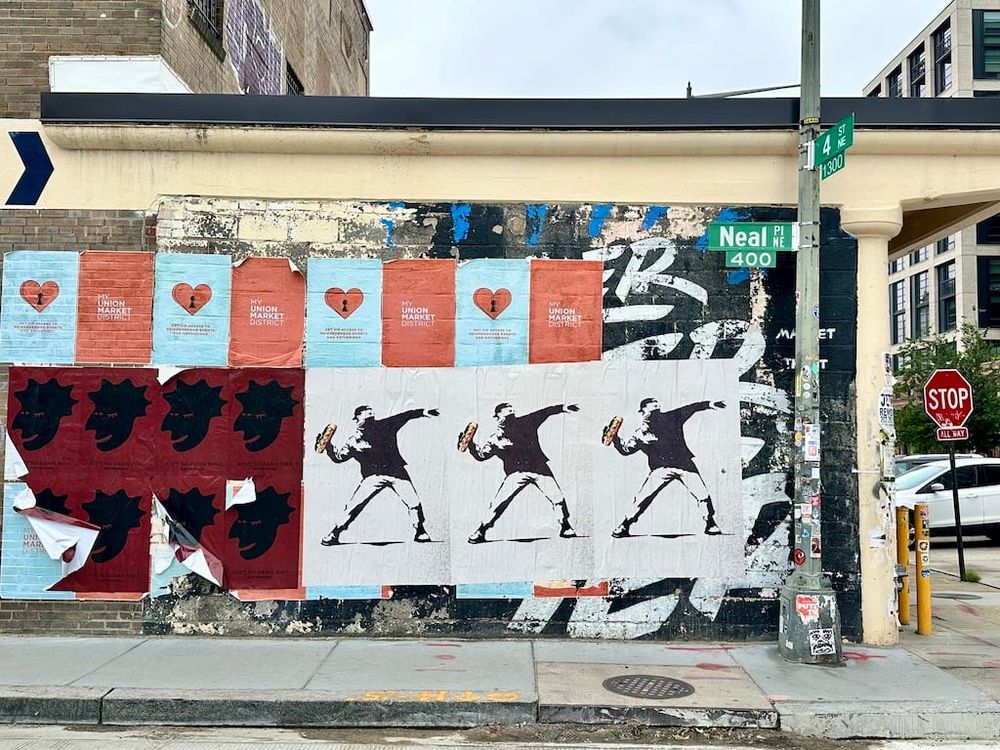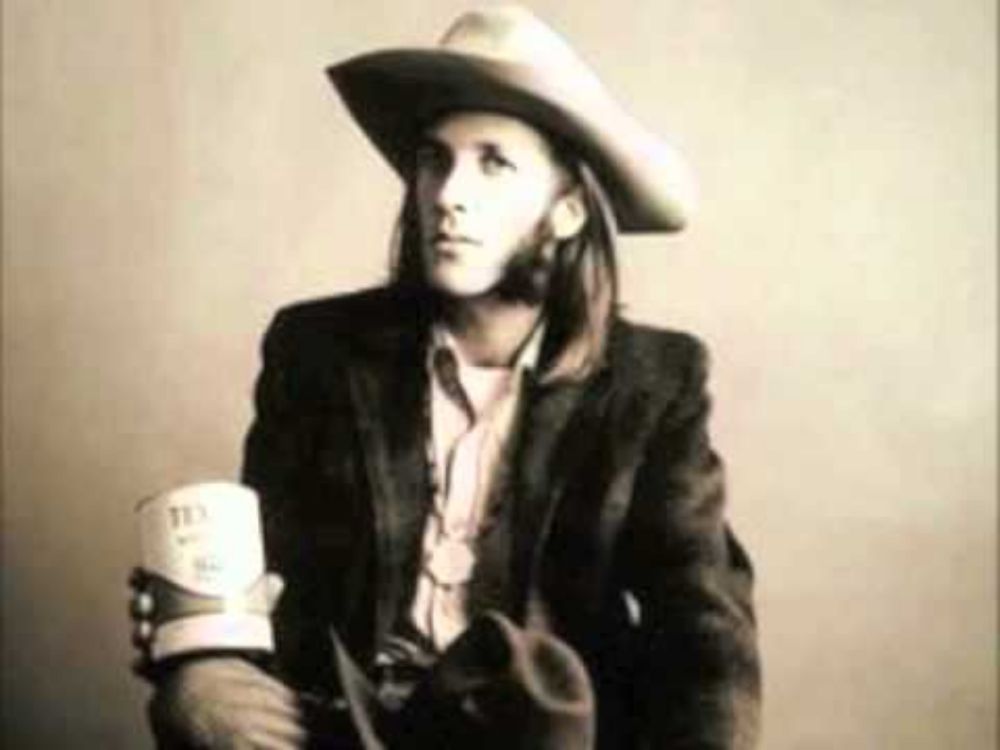
2400+ followers, following 1660+. 7,800+ posts.
I've been taking a break from Bluesky posts for a myriad of reasons, but I'll be back again.
Thanks to @marccampbell.bsky.social for telling me about this place last year. Glad I followed you here.

2400+ followers, following 1660+. 7,800+ posts.
I've been taking a break from Bluesky posts for a myriad of reasons, but I'll be back again.
Thanks to @marccampbell.bsky.social for telling me about this place last year. Glad I followed you here.

more: alt text




more: alt text



(more: alt text)

(more: alt text)

His outgoing message: "I'm not home right now. I'm out milkin' the cows. So, you might call back if it's about baseball or Memphis Slim or somethin' that's interestin'. I'll give you a buzz. Have a good day. Adios."

His outgoing message: "I'm not home right now. I'm out milkin' the cows. So, you might call back if it's about baseball or Memphis Slim or somethin' that's interestin'. I'll give you a buzz. Have a good day. Adios."
(Now, if they could figure out how to insert all of the commercials at the beginning instead of interrupting every fifteen minutes, I'd be happier to recommend them....)

(Now, if they could figure out how to insert all of the commercials at the beginning instead of interrupting every fifteen minutes, I'd be happier to recommend them....)
podcasts.apple.com/us/podcast/l...

podcasts.apple.com/us/podcast/l...

Meddle was certified gold US in October 1973 and 2x platinum in '94
What's your favourite track?


dodgerblue.com/2025-gold-gl...




(more: alt text)

(more: alt text)
More: alt text

More: alt text






